Semiconductor Films
Semiconductor is Ruth Jarman and Joe Gerhardt, an artist duo from the UK. They primarily work with video and sound installations to explore our physical place in the world and our relationship to it.
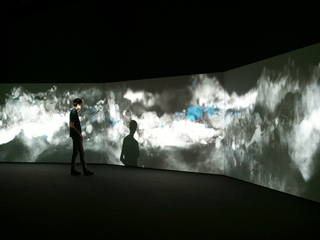
Worlds in the Making. 2011. 23.00 minutes. 3 channel HD. A Semiconductor work by Ruth Jarman and Joe Gerhardt.
Semiconductor is Ruth Jarman and Joe Gerhardt, an artist duo from the UK. They primarily work with video and sound installations to explore our physical place in the world and our relationship to it. They do not self-define as part of the art/science community, although their work is very much inspired by modes of scientific inquiry.
Under the Smithsonian Artist Research Fellowship, Semiconductor worked with curators at the National Museum of Natural History (NMNH) in Washington, DC. The first objective of this Residency is to give artists access to the diverse collections that the entire Smithsonian complex has to offer. Secondary benefits occur in a less formal manner. The artists often act as pollinators of ideas between curators from across the collections and offer the benefit of an artist’s perspective while increasing awareness of artistic processes and ways of thinking. Often the more interesting overlap between the disciplines occurs in the working processes and methods of the practitioners. It can be as simple as the way that the practitioner uses technology to solve a problem and sharing that perspective. Scientists, especially in observation-based research such as those represented within the NMNH, rely on imaging technologies to observe, record and communicate their research. The way that scientists utilize technologies, new or familiar, can be informed by the creative work of artists.
Worlds In The Making
Worlds In The Making, a reimagining of the idea of deep time, was created from Semiconductor’s research with the Mineral Sciences Department at the Smithsonian. How do we look at rock and see something static, yet over the context of billions of years, is actually highly dynamic?
Through animation and seismic data that has been translated into sound, the movement of the world becomes violent and exciting. The work appropriates the tools and processes of volcanology to create an imagined time lapse of how the world is creating these wonderful, energetic chords over time.
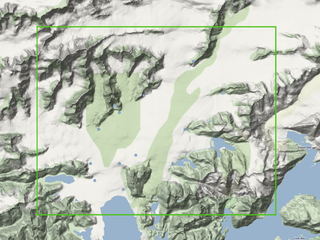
Columbia Glacier Passive Seismic Experiment station map. Subterranean (Seismic Blues). 2012. A Semiconductor work by Ruth Jarman and Joe Gerhardt.
Subterranean (Seismic Blues)
Seismic Blues is a sound work made up of three types of seismic data: earthquake, volcanic and glacial. As a sound installation, it helps you imagine the dynamic nature of Earth through an audible interpretation of data, even though as humans we can’t perceive it that way. Through this work, the viewer is asked to experience sound data based on the earth movement on an aesthetic level.
In dealing with large sets of information, such as seismic data, the challenge is to make sense of a vast amount of information. The objective of the scientist may be to gain a better understanding of how the earth is formed or to predict future activity. The same data finds a different use in the hands of the artist who may be exploring the information from an aesthetic perspective or a personal one. The big question is can art and science collaborations, that is to say the different perspectives, be beneficial in solving problems of understanding big data?
No comments yet. Why not add the first?
Acknowledgements & Credits
Joe Gerhardt and Ruth Jarman
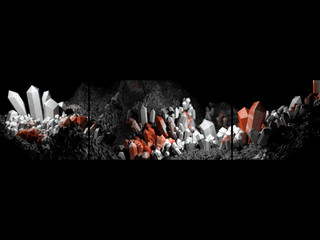
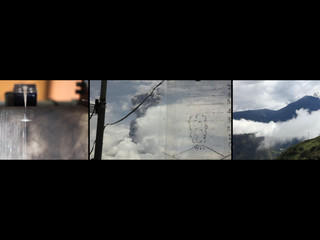

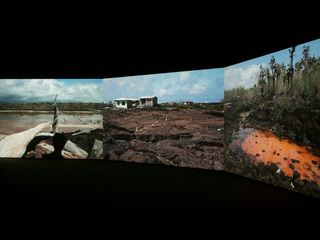
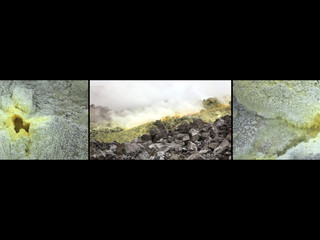
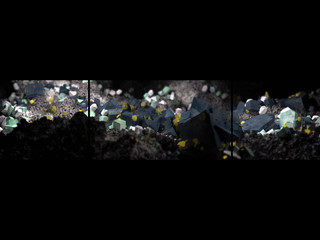
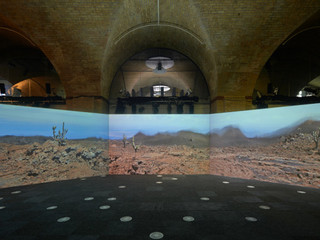
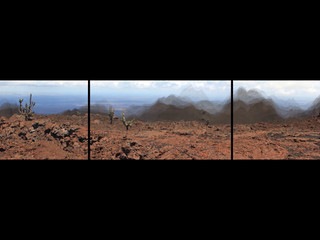
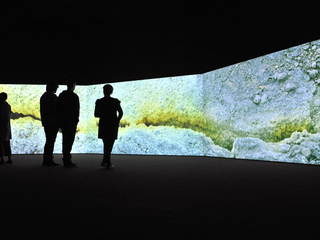
← Back to work
0 Comments